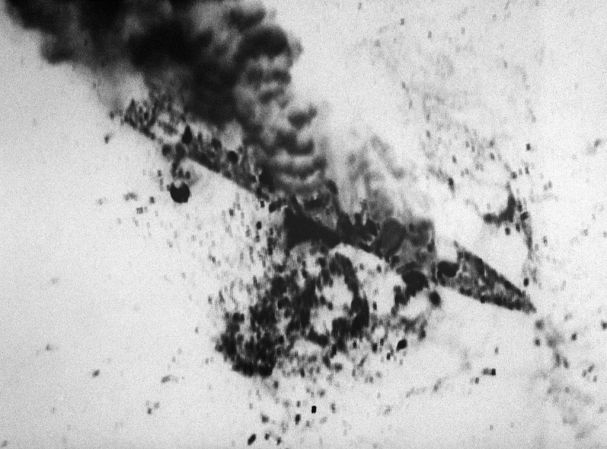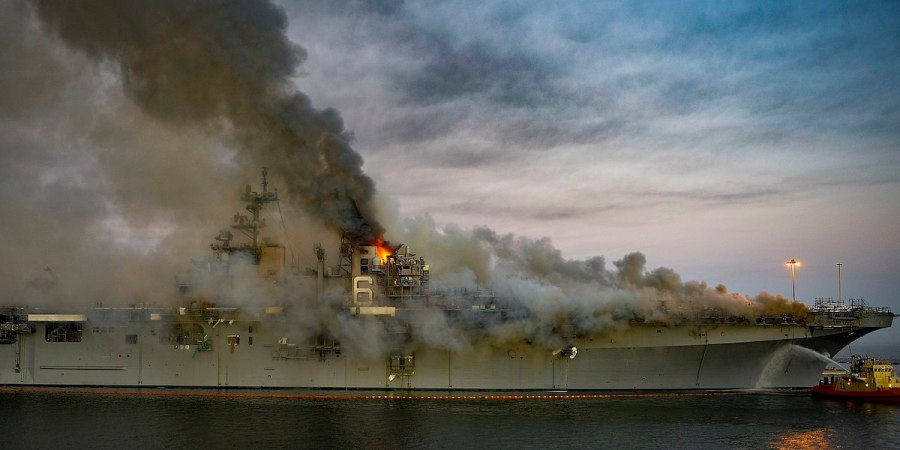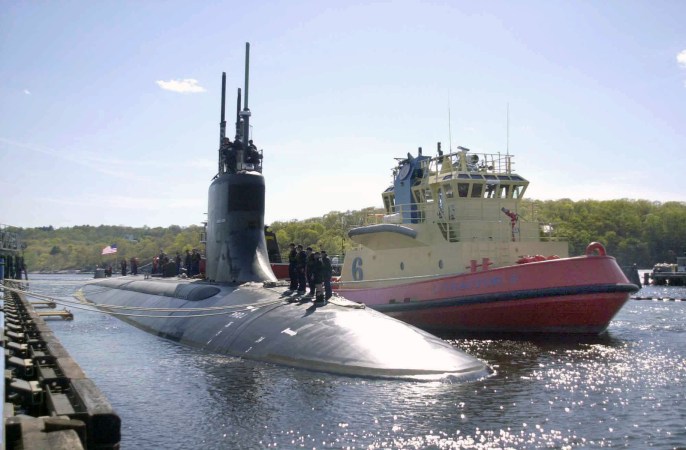The Royal Navy has spent a lot of money on the Queen Elizabeth-class carriers, HMS Queen Elizabeth, which will enter service this year, and HMS Prince of Wales, slated to enter service in 2020. But these vessels, with the billions of pounds spent on their construction, may have a serious flaw that could have fatal consequences.

Let’s acknowledge some basic Aircraft Carrier 101: The primary weapon of an aircraft carrier is the aircraft on board. For the Queen Elizabeth class, this will likely be at least two dozen V/STOL version of the Joint Strike Fighter, what America calls the F-35B, along with Merlin HM.2 helicopters. This is a very potent air wing, arguably the most potent the Royal Navy has deployed on a carrier.

But take a look at America’s newest entry in that class: The nuclear-powered aircraft carrier USS Gerald R. Ford (CVN 78). Yes, it has an air wing with four squadrons of multi-role fighters, plus others of helicopters, electronic warfare planes, and airborne radars. But it also has self-defense systems.

The Sixteenth Edition of the Naval Institute Guide to Combat Fleets of the World reports that the Ford has RIM-162 Evolved Sea Sparrow Missiles, RIM-116 Rolling Airframe Missiles, and Mk 15 Phalanx Close-In Weapon Systems. This provides three layers of defense against incoming missiles that the escorts don’t shoot down first.

The Queen Elizabeth-class carriers will be equipped with three Mk 15 Phalanx Close-In Weapon Systems. There are four 30mm autocannon for use against small boats. That’s it. Only one layer of defense – and that one layer isn’t quite the state of the art. Naval-Technology.com reports that the Queen Elizabeth is fitted for the ASTER 15 missile (now called the Sea Viper), but actual installation depends on finds being made available.

This is a glaring omission. The United Kingdom lost eight aircraft carriers in World War II. Unless this armament issue is resolved, HMS Queen Elizabeth could be the ninth. You can see more about this potential Achilles Heel in the video below.


























